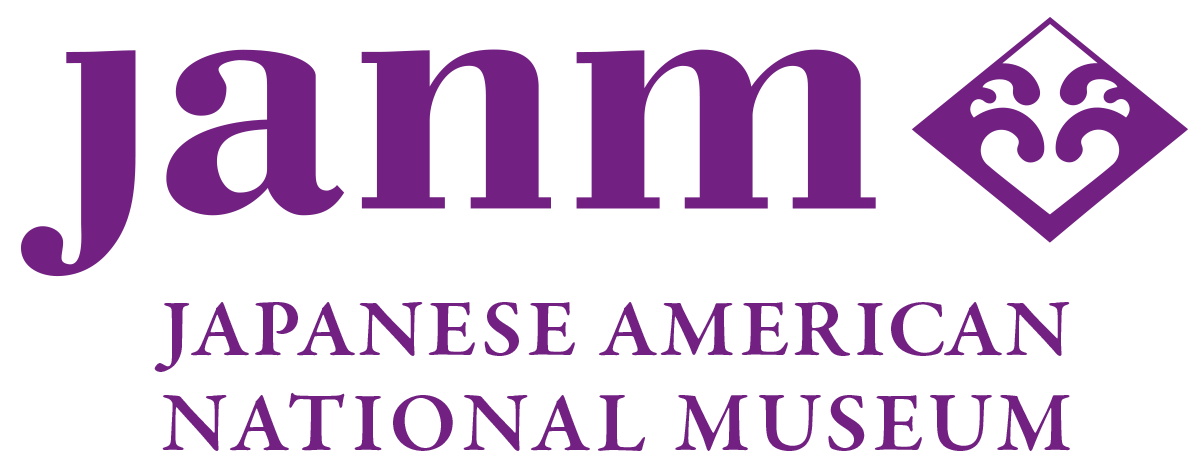Takashi Murakami, "In the Land of the Dead, Stepping on the Tail of a Rainbow"
| Nov 201410 | — | Jan 201517 |
Gagosian Gallery
555 W 24th St
New York, New York, 10011
United States
Opening reception: Monday, November 10th, from 6:00 to 8:00pm
To me, religions are a narrative...Natural catastrophes, earthquakes, are things caused by nature. Such chaos is natural, but we have to make sense of it somehow, and so we had to invent these stories. That is what I wanted to paint.
—Takashi Murakami
Gagosian New York is pleased to announce “In the Land of the Dead, Stepping on the Tail of a Rainbow,” a major exhibition of new paintings and sculptures by Takashi Murakami.
A lightning rod of cultural dichotomies (high/low, ancient/modern, oriental/occidental), Murakami believes the artist to be one who perceives and limns the borders between worlds. Combining classical techniques with the latest technologies, he moves freely within an ever-expanding field of aesthetic issues and cultural inspirations. Parallel to the dystopian themes that pervade his work, he recollects and revitalizes traditional narratives of transcendence and enlightenment, often involving outsider-savants. Mining religious and secular subjects favored by the so-called Japanese “eccentrics” or non-conformist artists of the Early Modern era commonly considered to be counterparts of the Western Romantic tradition, Murakami situates himself within their legacy of bold and lively individualism in a manner that is entirely his own and of his time.
Since the devastating Great Tōhoku Earthquake of 2011, Murakami has explored Japanese art produced in response to historic natural disasters. For example, in the aftermath of the Great Asei Edo Earthquake of 1855, painters such as Kano Kazunobu portrayed the five hundred arhats (or rakan ), the spiritual protectors of the Buddha’s teachings, as stewards of enlightenment in dire times. While Kazunobu employed diverse Eastern and Western techniques in his vast scroll paintings, Murakami has created an immersive installation, entered through a 56-ton replica of a sanmon (sacred gate), of eclectic arhats ; deliquescing clones of his fictional creature Mr. Dob; and karajishi , the mythic lions that guard Japanese Buddhist temples. Here is a contemporary belief system, constructed in the wake of disaster, that merges earlier faiths, myths, and images into a syncretic spirituality of the artist’s imagination. In totemic sculptures representing demons, religious sites, and self-portraits; and paintings that conflate classical Japanese techniques with Abstract Expressionist tropes, science-fiction, manga, and Buddhist and Shinto imagery, Murakami investigates the role of faith amid the inexorable transience and trauma of existence.
Takashi Murakami was born in 1962 in Tokyo, and received his BFA, MFA and PhD from the Tokyo University of the Arts (formerly the Tokyo National University of Fine Arts and Music). He founded the Hiropon factory in Tokyo in 1996, which later evolved into Kaikai Kiki, an art production and art management corporation. In addition to the production and marketing of Murakami's art and related work, Kaikai Kiki functions as a supportive environment for the fostering of emerging artists. Murakami is also a curator, a cultural entrepreneur, and a critical observer of contemporary Japanese society. In 2000, he organized a paradigmatic exhibition of Japanese art titled “Superflat,” which traced the origins of contemporary Japanese visual pop culture in historical Japanese art. He has continued this work in subsequent impactful exhibitions such as “Coloriage” (Fondation Cartier pour l'art contemporain, Paris, 2002) and “Little Boy: The Art of Japan's Exploding Subcultures” (Japan Society, New York, 2005). In 2011, he organized the “New Day: Artists for Japan” international charity auction at Christie’s New York in response to the 2011 Tōhoku earthquake and tsunami.
Murakami's major solo exhibitions include Museum of Contemporary Art, Tokyo (2001); Museum of Fine Arts, Boston (2001); Fondation Cartier pour l'art contemporain, Paris (2002); Serpentine Gallery, London (2002); and Château de Versailles, France (2010). The comprehensive survey exhibition “© MURAKAMI” opened at Museum of Contemporary Art, Los Angeles in 2007 and traveled to Brooklyn Museum, New York; Museum für Moderne Kunst, Frankfurt; and Guggenheim Museum, Bilbao during 2008–09. “Murakami-Ego,” whose centerpiece was an astonishing 100 meter painting inspired by the Tōhoku earthquake, was on view in 2012 at the Al Riwaq Hall in Doha, Qatar. “Takashi Murakami: Arhat Cycle” was presented at Palazzo Reale, Milan in 2014.
Jellyfish Eyes , the first in a trilogy of feature films directed and produced by Murakami, debuted in April of 2013 at Los Angeles County Museum of Art and has screened at museums and cinemas throughout the world.
Murakami lives and works in Tokyo.
For further information please contact the gallery at newyork@gagosian.com or at +1.212.741.1111. All images are subject to copyright. Gallery approval must be granted prior to reproduction.
Hours Open:
Tues-Sat 10am-6pm
 APA_Institute
.
Atualizado em Nov 05, 2014 12:46 p.m.
APA_Institute
.
Atualizado em Nov 05, 2014 12:46 p.m.

 Journal feed
Journal feed


Exhibition